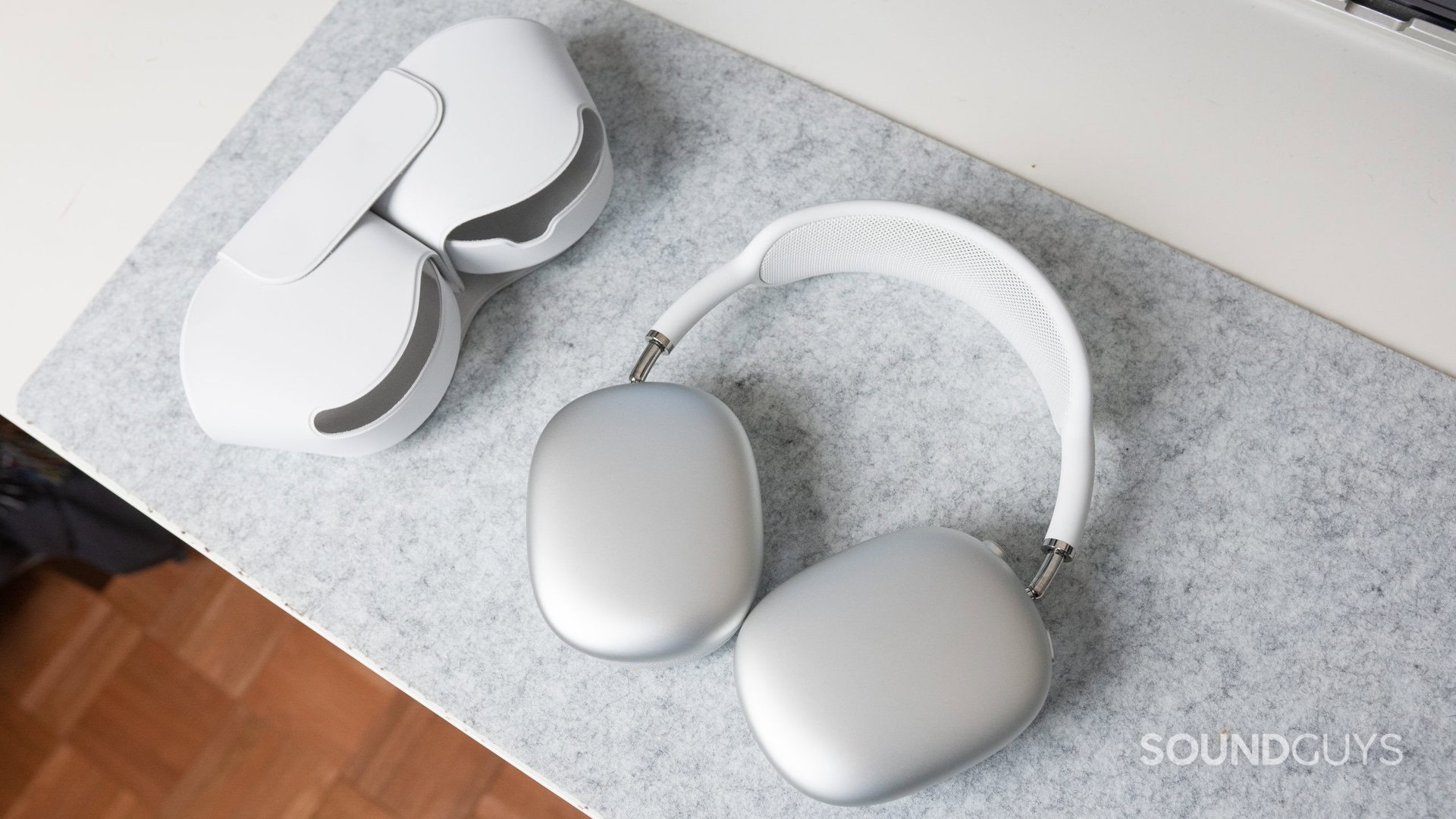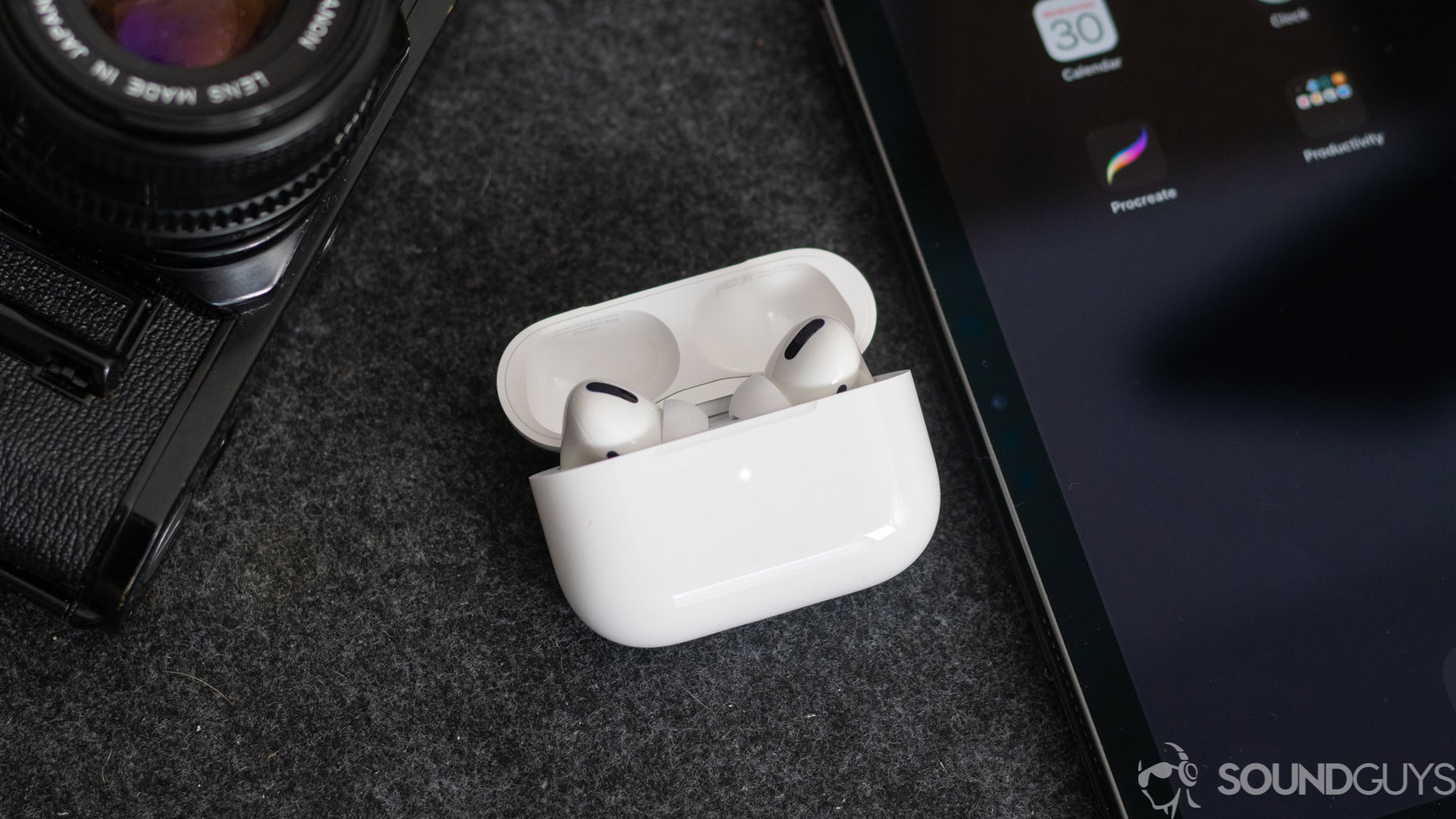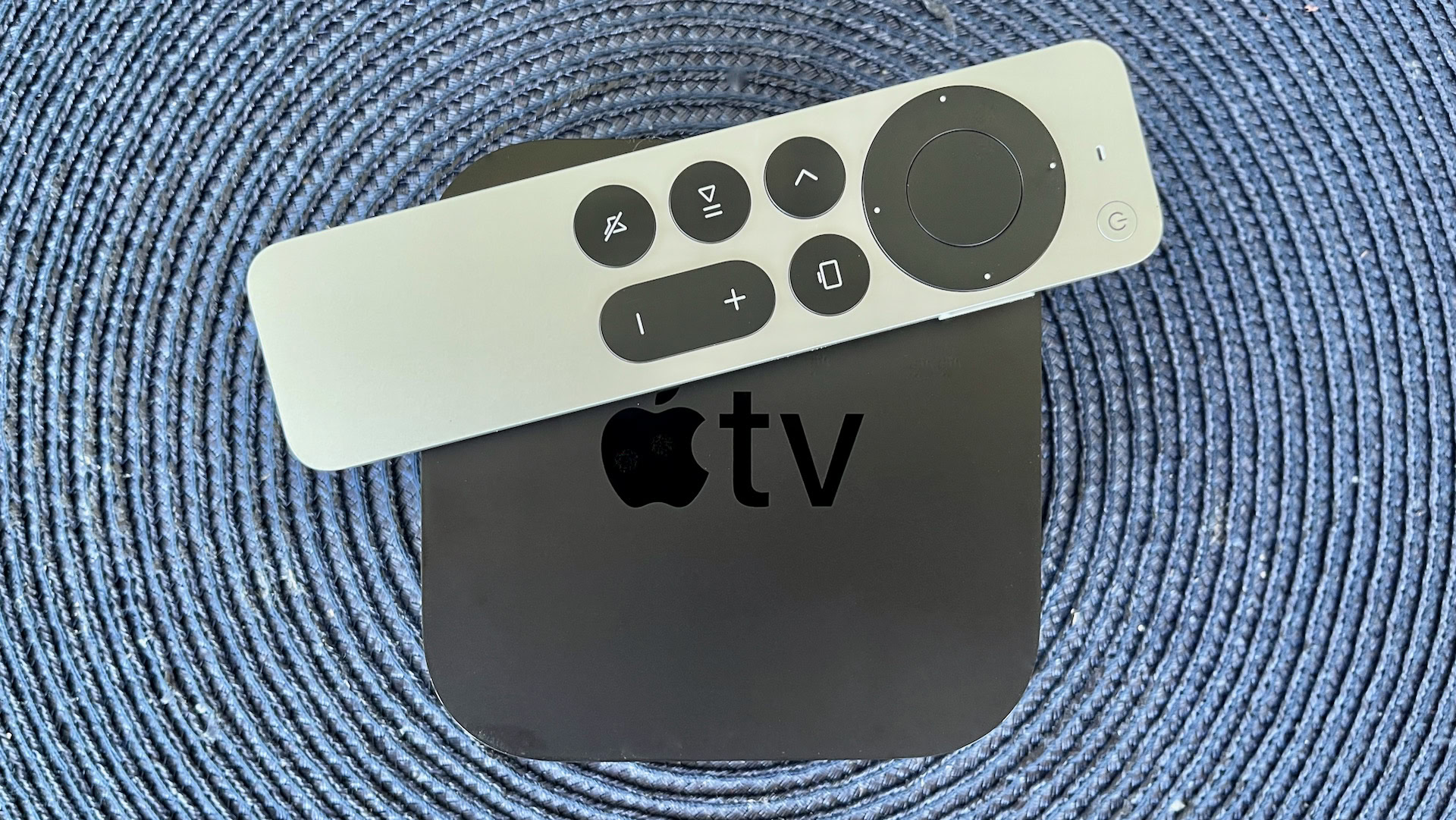Chase Bernath / Android Authority
If you’re familiar Apple’s ecosystem, then you likely know the company likes to offer its own implementation of popular technology. That’s true for spatial audio, as well. But what sets Apple spatial audio apart, and how does it work?
We’ll break down the differences between Apple spatial audio and other implementations so you can see if it’s right for you.
What is spatial audio on AirPods for?

Zak Khan / Android Authority
Spatial audio, also known as “virtual surround” among other names, is how the AirPods can create a surround sound-like experience with just two earbuds. Without getting too complicated here, it basically tricks your ears into thinking sound originates from various directions. As a result, compatible content will sound as if it’s coming from all around.
Compatible content is key here. Not everything is recorded with spatial audio support. Inside the ecosystem, Apple Music offers spatial audio content if you enable it. The benefit of using AirPods for this is the ability to automatically detect if a track is spatial audio compatible. Using certain models of AirPods with compatible hardware also means you get head tracking, which we’ll explain the benefit of shortly.
How does spatial audio work?

Chris Thomas / Android Authority
All spatial audio standards, whether from Apple, Dolby Atmos, Windows Sonic, DTS Headphones:X, or other standards use the same basic idea. By using either software or hardware signal processors, compatible content can mimic the way sounds arrive at your ears from various directions and sources. The result seems as if you’re in the middle of a surround sound system.
If you have ever listened to a binaural audio YouTube video, you’ve experienced a type of surround sound using just headphones. Taking this idea and applying it to music, movies, and games is what sets spatial audio apart. What makes Apple’s particular implementation notable is its uses of head tracking.
Head tracking lets you move around freely without breaking the immersion of spatial audio.
In a standard surround sound system, moving your head changes the way audio arrives at your ears. Something similar has to happen with spatial audio. Otherwise, sounds won’t seem to originate from their proper places around you and the illusion will break. Apple only includes head tracking support on the AirPods Pro, AirPods (3rd generation), and AirPods Max when using a Mac with Apple Silicon, an iPhone, iPad, or Apple TV 4K.
How do you use spatial audio on AirPods?

Sam Smart / Android Authority
Apple’s implementation of spatial audio requires a compatible model of AirPods, and a device with iOS or iPadOS 15.1 or greater, or an Apple Silicon Mac.
Use spatial audio with AirPods on a mobile device

Kaitlyn Cimino / Android Authority
To use spatial audio with AirPods on a device with iOS or iPadOS 15.1 or higher, first ensure you have all updates installed. After that, insert your AirPods and then:
- Ensure your AirPods are connected.
- Open Control Center, press and hold the volume control, then tap Spatial Audio at the bottom right.
- Tap Fixed to enable spatial audio without head tracking. Select Head Tracked to enable spatial audio with head tracking. Select Off to disable spatial audio.
The setting you select gets saved and will automatically enable itself the next time you use that app. For instance, using Head Tracked with Apple Music will mean that will happen automatically the next time you use the Apple Music app to play a song recorded with spatial audio support.
If you want to disable head tracking across all apps, open Settings > Accessibility > AirPods > tap your AirPods > turn off Follow [device].
Use spatial audio with AirPods on a Mac

To use spatial audio on a Mac, you’ll need a Mac with Apple Silicon and macOS Monterey 12.3 or later, along with a compatible AirPods model. First, put on your AirPods, then:
- Ensure your AirPods are connected to your Mac.
- Click the AirPods icon in the menu bar.
- Click on Fixed to enable spatial audio without head tracking. Click Head Tracked to enable spatial audio with head tracking. Select Off to disable spatial audio.
Not all content you play using your Mac will work with spatial audio. You’ll need to play content recorded with spatial audio support to experience it.
Use spatial audio with AirPods on an Apple TV 4K

Eric Zeman / Android Authority
To use spatial audio with an Apple TV 4K, you’ll need tvOS 15.1 or later installed. First, wear your AirPods, then:
- Ensure your AirPods are connected to your Apple TV 4K.
- Open Control Center.
- Select your AirPods, then you can turn spatial audio on or off.
The settings you choose will be saved per app and apply automatically next time you use that app with AirPods. If you want to disable head tracking for everything, double-lick the Monitor icon on the Siri remote, then navigate to Settings > Accessibility > AirPods and turn off “Center Audio on TV.”

